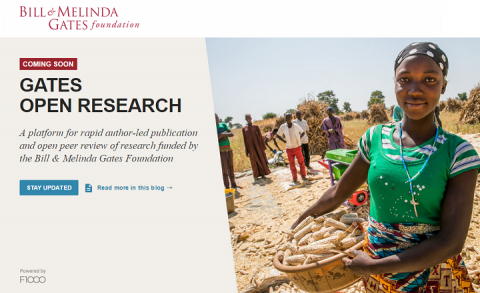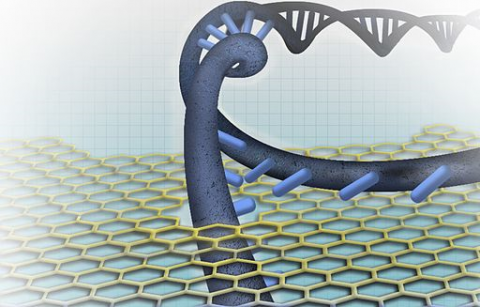Throughout the year, our Faculty works tirelessly to highlight the noteworthy studies and findings in their fields. In so doing, they not only help us maintain our sanity by keeping our ‘to read’ pile at a manageable level but also acknowledge the quality of research from their contemporaries, thereby helping to raise the profile of…
When we first launched F1000Research just over four years ago, we took the first step on a journey that we hope will change the way the results of scientific research are published by using a fully transparent post-publication peer review model. We are delighted to announce today that the Bill & Melinda Gates Foundation has agreed to join us on this journey by partnering with us to launch Gates Open Research using that same model of publication.
Open science could improve the dissemination of scholarly knowledge, but there is no commonly shared vision on how this could be achieved. Following discussions concerning the matter, guest authors, Katja Mayer, University of Vienna, and Peter Kraker, postdoctoral researcher at Know-Center, propose twelve principles that they hope will inspire a widespread discussion towards a shared vision for scholarly communication in the 21st century.
There has been a lot of excitement in the Nanopore community recently from long reads to technical updates. Publishing Editor, Hollydawn Murray, gives us a run down of recent events and speaks to F1000Research author Scott Gigante who has been part of the recent excitement.
Cluster Flow is a pipeline tool developed by the SciLifeLab Swedish National Genomics Facility and the Babraham Bioinformatics Group in the UK. It has been described in a Software Tool Article on F1000Research. In this guest blog, one of the article’s authors, Phil Ewels explains what Cluster Flow is and how it will be of use to the bioinformatics community.
Michael Hanke has published three articles about Studyforrest – a neuroscience project involving the film Forrest Gump – on F1000Research. In this guest blog, he explains to us what the project is about and how it relates to the the multi-award winning film.
So, you have a great idea for a research project. Now you need funding to make it happen. But how? Where? From whom? Here, João Peres and Tiago Barros share their experiences of applying for research funding in order to help others embarking on the same journey.
Our Editorial Director, Sabina Alam, discusses what is different about our peer review model. She highlights how we have put authors in control of the peer review process and ensure that all reviewers get credit for their work.
Christina Halsey is March’s featured Faculty Member of the Month, a bit earlier in the month than usual but we are publishing today to coincide with International Women’s Day. Christina has Section Head for Pediatric Hematology in the Hematology Faculty since December 2015. Section Heads are leading experts in their field and are responsible for dividing their Section into topics and selecting suitable Faculty Members who will review the literature in each of the topic areas.
For those of us in the Northern Hemisphere, spring has just sprung and nothing signifies this season more than spring chickens. The feathered fowl generated quite a few headlines in February after researchers from the Roslin Institute at the University of Edinburgh published a paper in Development about producing gene-edited chickens as a way of preserving rare breeds. In a nod to this work, we are highlighting the top 3 recommended articles in the area of gene editing in this month’s blog post as well as the usual top 3 articles for the month and Hidden Jewels.

















